 https://irandoostan.com/dostcont/uploads/2016/01/2-12.jpg
1259
1250
Mina Bagheri
https://irandoostan.com/dostcont/uploads/2025/05/Irandoostan-logo.webp
Mina Bagheri2016-01-20 08:31:042016-02-08 09:46:39January 19 is National Clean Air Day on Iranian calendar
https://irandoostan.com/dostcont/uploads/2016/01/2-12.jpg
1259
1250
Mina Bagheri
https://irandoostan.com/dostcont/uploads/2025/05/Irandoostan-logo.webp
Mina Bagheri2016-01-20 08:31:042016-02-08 09:46:39January 19 is National Clean Air Day on Iranian calendar https://irandoostan.com/dostcont/uploads/2016/01/Sarakhiyeh-village2.jpg
402
595
Mina Bagheri
https://irandoostan.com/dostcont/uploads/2025/05/Irandoostan-logo.webp
Mina Bagheri2016-01-19 11:33:592025-04-13 15:29:49Sarakhyeh, Venice of Iran
https://irandoostan.com/dostcont/uploads/2016/01/Sarakhiyeh-village2.jpg
402
595
Mina Bagheri
https://irandoostan.com/dostcont/uploads/2025/05/Irandoostan-logo.webp
Mina Bagheri2016-01-19 11:33:592025-04-13 15:29:49Sarakhyeh, Venice of Iran
Persepolis City (Takht-e Jamshid): Iran’s Ancient Gem
/
0 Comments
Iran, the oldest nation of history and culture, is famous for…
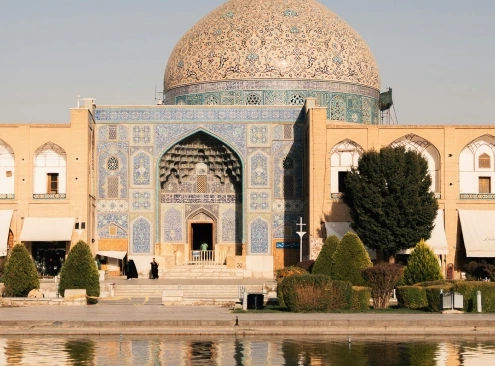
Naqsh-e Jahan Square, Isfahan (History, Photos, Location)
Naqsh-e Jahan Square, also known as Imam Square, is one of the…
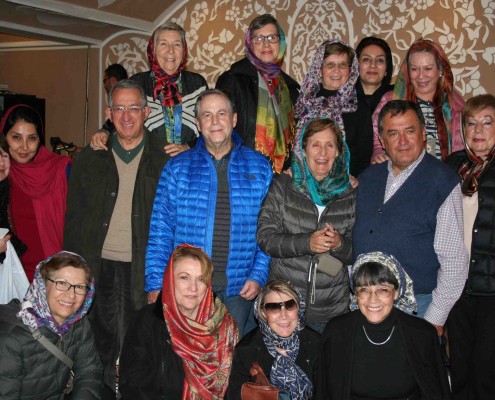 https://irandoostan.com/dostcont/uploads/2016/01/IMG_0089.jpg
2304
3456
Travel to Iran
https://irandoostan.com/dostcont/uploads/2025/05/Irandoostan-logo.webp
Travel to Iran2016-01-18 09:02:052023-12-18 08:55:59Iran welcomes Colombian tourists
https://irandoostan.com/dostcont/uploads/2016/01/IMG_0089.jpg
2304
3456
Travel to Iran
https://irandoostan.com/dostcont/uploads/2025/05/Irandoostan-logo.webp
Travel to Iran2016-01-18 09:02:052023-12-18 08:55:59Iran welcomes Colombian tourists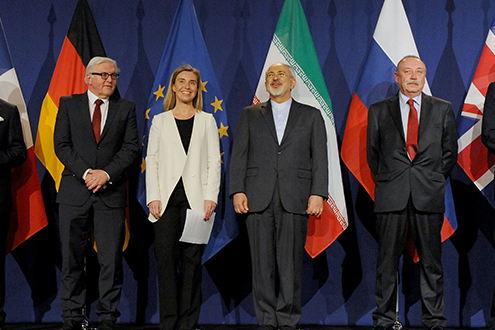 https://irandoostan.com/dostcont/uploads/2016/01/Day-of-the-JCPOA.png
330
850
Mina Bagheri
https://irandoostan.com/dostcont/uploads/2025/05/Irandoostan-logo.webp
Mina Bagheri2016-01-17 06:46:512016-01-18 08:21:10Implementation Day of the JCPOA
https://irandoostan.com/dostcont/uploads/2016/01/Day-of-the-JCPOA.png
330
850
Mina Bagheri
https://irandoostan.com/dostcont/uploads/2025/05/Irandoostan-logo.webp
Mina Bagheri2016-01-17 06:46:512016-01-18 08:21:10Implementation Day of the JCPOA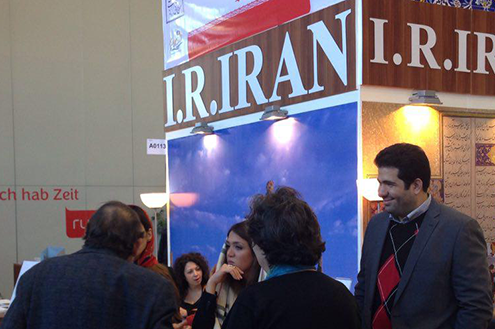 https://irandoostan.com/dostcont/uploads/2016/01/iran-tours-exhibition.png
329
850
Travel to Iran
https://irandoostan.com/dostcont/uploads/2025/05/Irandoostan-logo.webp
Travel to Iran2016-01-17 06:40:322016-01-25 06:16:10Iran, an Ideal Destination for Medical Tourism at FERIEN, Vienna
https://irandoostan.com/dostcont/uploads/2016/01/iran-tours-exhibition.png
329
850
Travel to Iran
https://irandoostan.com/dostcont/uploads/2025/05/Irandoostan-logo.webp
Travel to Iran2016-01-17 06:40:322016-01-25 06:16:10Iran, an Ideal Destination for Medical Tourism at FERIEN, Vienna https://irandoostan.com/dostcont/uploads/2016/01/Tochal-Ski.jpg
743
1200
Mina Bagheri
https://irandoostan.com/dostcont/uploads/2025/05/Irandoostan-logo.webp
Mina Bagheri2016-01-11 10:05:452023-12-19 13:27:31Iran, a Wonderful Destination for Skiing
https://irandoostan.com/dostcont/uploads/2016/01/Tochal-Ski.jpg
743
1200
Mina Bagheri
https://irandoostan.com/dostcont/uploads/2025/05/Irandoostan-logo.webp
Mina Bagheri2016-01-11 10:05:452023-12-19 13:27:31Iran, a Wonderful Destination for Skiing https://irandoostan.com/dostcont/uploads/2016/01/Adventure_Travel_Show_Olympia.png
202
310
Travel to Iran
https://irandoostan.com/dostcont/uploads/2025/05/Irandoostan-logo.webp
Travel to Iran2016-01-11 07:42:272016-01-11 10:32:42IDT will exhibit at Adventure Travel Show, London
https://irandoostan.com/dostcont/uploads/2016/01/Adventure_Travel_Show_Olympia.png
202
310
Travel to Iran
https://irandoostan.com/dostcont/uploads/2025/05/Irandoostan-logo.webp
Travel to Iran2016-01-11 07:42:272016-01-11 10:32:42IDT will exhibit at Adventure Travel Show, London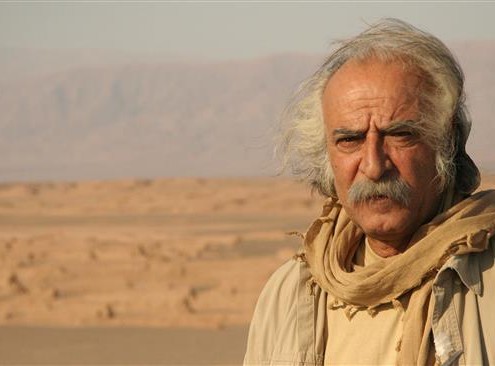 https://irandoostan.com/dostcont/uploads/2016/01/Mr.-Inanlou.jpg
366
650
Travel to Iran
https://irandoostan.com/dostcont/uploads/2025/05/Irandoostan-logo.webp
Travel to Iran2016-01-09 10:35:442023-09-18 12:21:52Mohammad Ali Inanlou passed away
https://irandoostan.com/dostcont/uploads/2016/01/Mr.-Inanlou.jpg
366
650
Travel to Iran
https://irandoostan.com/dostcont/uploads/2025/05/Irandoostan-logo.webp
Travel to Iran2016-01-09 10:35:442023-09-18 12:21:52Mohammad Ali Inanlou passed away https://irandoostan.com/dostcont/uploads/2016/01/fitur-2016.jpg
277
450
Travel to Iran
https://irandoostan.com/dostcont/uploads/2025/05/Irandoostan-logo.webp
Travel to Iran2016-01-07 04:38:172016-01-09 07:13:09Iran Doostan Tours will be present at FITUR, Madrid 2016
https://irandoostan.com/dostcont/uploads/2016/01/fitur-2016.jpg
277
450
Travel to Iran
https://irandoostan.com/dostcont/uploads/2025/05/Irandoostan-logo.webp
Travel to Iran2016-01-07 04:38:172016-01-09 07:13:09Iran Doostan Tours will be present at FITUR, Madrid 2016 https://irandoostan.com/dostcont/uploads/2016/01/FERIEN-Vienna-Austria.jpg
500
500
Travel to Iran
https://irandoostan.com/dostcont/uploads/2025/05/Irandoostan-logo.webp
Travel to Iran2016-01-04 08:48:452016-01-10 02:56:38IDT attends FERIEN, Vienna, Austria January 2016
https://irandoostan.com/dostcont/uploads/2016/01/FERIEN-Vienna-Austria.jpg
500
500
Travel to Iran
https://irandoostan.com/dostcont/uploads/2025/05/Irandoostan-logo.webp
Travel to Iran2016-01-04 08:48:452016-01-10 02:56:38IDT attends FERIEN, Vienna, Austria January 2016

